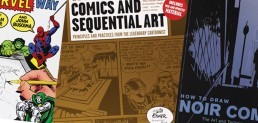10 must have illustration books
10 Must have illustration books
As the saying goes, good artists copy – great artists steal. Now I’m not suggesting you go out and steal anyone’s art or copy it for that matter. This is reference to the fact that if you were to borrow inspiration from multiple sources and let that inform your work and develop your skills then you’ll be much better off as an artist in the long run. The great thing about being a creative like an illustrator or a designer is there’s a plethora of work out there to draw from and plenty of amazing advice and practical tips to borrow from. below are my Top 10 must have illustration and art books.
1. How to draw comics the 'marvel' Way - By Stan Lee (1986)
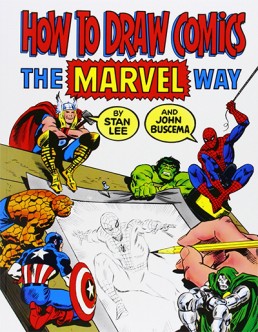
Like many budding artists as a child my first love was in animation and comic books. This book in particular holds a special place in my library as it was the first art-book I got as a child I remember being genuinely excited about. Still as useful today as it ever was how to draw comics the marvel way covers a huge range of topics from the tools of the trade, poses, drawing action scenes and rendering art to give it a 3 dimensions space and feel. This is a great starting point for any illustrator with a love of golden age comics who wants to learn the basics and develop there way to more advanced techniques. As well as learning the fundamentals of the marvel techniques for character design while owning a great piece of art and illustration history.
2. Comics and Sequential Art: Principles and Practices from the Legendary Cartoonist - By Will Eisner (1985)
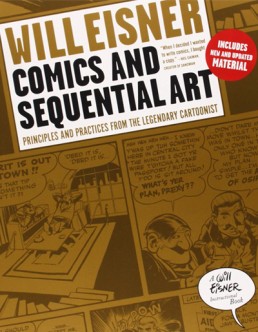
Described by a Pulitzer prize-winning author as a masterwork. This distillation of Will Eisner’s genius is a must have for any animator or illustrators library. Eisner was one of the first cartoonists to work in the American Comic industry and popularized the term graphic novel and the Eisner award is still equated as the comic industries equivalent of the Oscars. Suffice to say the guy knows his stuff and when it comes to sequential story telling, that is, telling a story in still images. The information in this book is invaluable!
3. The Animators Survival Kit - By Richard Williams (2001)
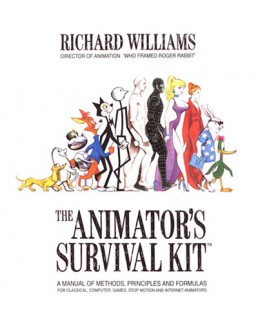
When I was looking to get into animation this is the book that popped up as a must own for any budding animator. If you want to add motion to your illustrations in the future than this is the best start you can give yourself in learning the fundamentals. Written by an academy award winning animation effects artist Richard Williams has built an outstanding reputation and with work on his CV like Toy story and to a lesser extent… Star Wars: The Phantom Menace – you can see why this is one of the most popular books on animation available.
4. How to Draw Noir Comics: The Art and Technique of visual storytelling - By Shawn Martinbrough (2007)
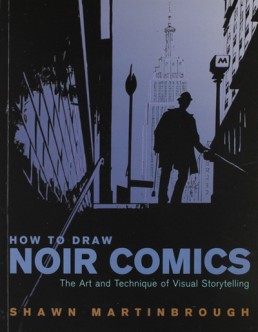
If like me you’re a fan of dark angles, shadowy, high contrast images, moody lighting, silhouettes and use of negative space combined with a dark and gritty tone driven by moral conflicts then this book is perfect for you. Martinborough’s has the ability to take art that should have a retro 1940’s vibe and make it contemporary and compelling as well as dramatic and urban. If you’re interested in developing your noir art style or your sequential storytelling in general this is a great read.
5. Giger ARh+ (Basic Art) - By H.R Giger (2001)
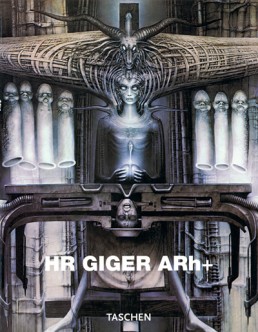
Though not a book on how to illustrate or create, this one’s a personal addition as Giger is one of my all time favorite artists. Over three decades he created some of the most fantastic industrialized surrealist art known to man. Combining machinery, sex and sadomasochism, he even found time to create the concept art for aliens. That’s right, without this man there would be no Xenomorph and a huge chunk of my childhood and yours would probably be missing. I highly recommend indulging in the mans dark and grimy art. It’s well worth a trip!
6. The Art of Pixar: 25th Anniversary - Amid Amidl (2011)
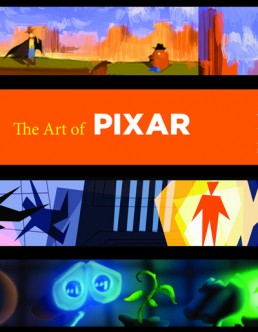
Another art book entry but there’s absolutely no question why I’d include this one on the list. Of all the animation studios today that are putting out feature length productions, pixar are for all intensive purposes ahead of the game. It takes a lot to over take disney but between Toystory and other massive franchises they’ve managed to do it. This is a great collection of the artwork they’ve produced over the last 25 years, a great gift, coffee table book or inspiring work for any budding illustrators collection.
7. Constructive Anatomy - By George B Bridgman (2000)
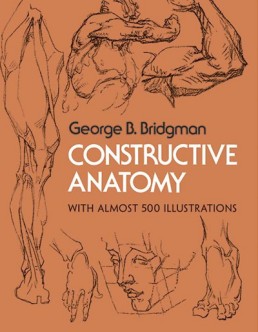
Though not the most exciting title on this list it is extremely important to learn anatomy when it comes to drawing. If your proportions are all out of whack it can be a stylistic choice but as they say, you need to learn the rules before you break them. Anyone serious about their artistry and improving will at some point most likely want to draw real human people. In order to do that effectively they need to know the human anatomy as well as possible – this is a great book for that purpose.
8. Drawing cutting edge anatomy - By Christopher Hart (2004)
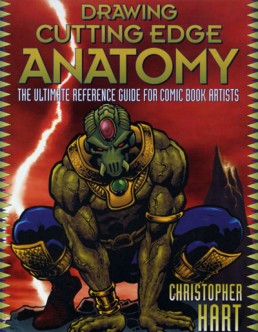
Now that we’ve covered the realistic side of human anatomy and art it’s time to have some fun and break the rules. This is a fantastic comprehensive guide to comic book anatomy. Taking you from the basics right down to individual body parts and muscle groups – hart covers all the extremes when it comes to playing with proportions.
9. The art of drawing Manga - By Ben Krefta (2009)
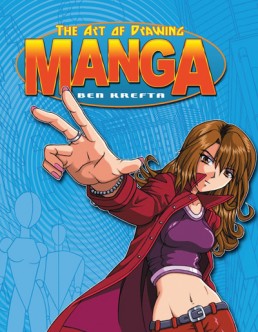
Though there are a huge range of how to draw Manga books on the market this is one I can personally vouch for. A great comprehensive guide to the fundamentals of the most popular art form in Japan. With anime constantly growing in popularity with western audiences and being accepted in the mainstream thanks to Studio Ghibli and Netflix bringing shows like Attack on Titan and Death note to the attention of mass audiences, it’s a great time to get involved in the world of Manga art. This is a great place to start developing elements of what makes up the ‘anime’ or ‘manga’ art style that has become so popular.
10. How to draw cartoons and caricatures (2013)
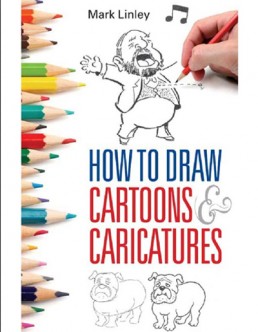
This is a fun book and one that proves that everyone car draw once they grasp the basics rule of art, that is – everything is made up of simple shapes. It is how we combine and exhilarate those shapes that create style and interesting substance. If you’re wanting to start drawing fun cartoons of your pets or creative funny sketches of friends or colleagues this book will tell you how to draw and exhilarate features while making things fun in the process.
I hope you enjoyed this list, obviously these are just some personal favorites and recommendations for getting started and improving as an illustrator. I hope you enjoyed it but if you disagree with any of the entries or have some books you’d like to recommend yourself, feel free to leave a comment or find me on social messenger and we can have a bloody lovely chat.
– Tom
